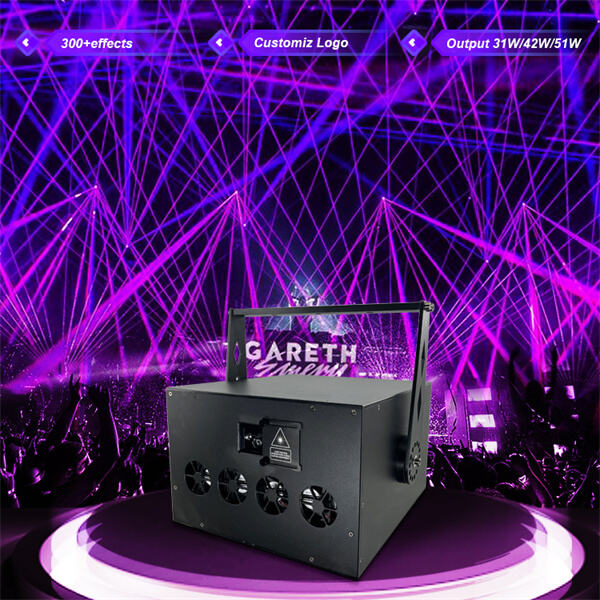A laser is a unique device that generates a powerful and concentrated light beam. LASER is actually an acronym for Light Amplification by Stimulated Emission of Radiation. So this may sound a little involved but basically lasers are amplifying and focusing light. 10w rgb laservalgusti hinds are similar, though they offer even greater control over the light. Using different colors, or wavelengths, of light, they can perform many tasks. Due to this, light lasers can be seen in many places, such as in factories, science labs, hospitals and even in amusement!
We can measure light lasers with many advantages in factories and hospitals. A major advantage is that they can do very delicate work without damaging surrounding tissues. That means that in hospitals, there are light lasers that doctors use to perform surgeries on delicate body parts, including the eyes, ears, and even the brain. This precision is why doctors are so thorough and patients recover well. Lasers using light are also useful in treating skin diseases, some cancers, and kidney stones, making them an important feature of medicine.
20w rgb laservalgusti hinds are widely employed in factories in multifarious tasks including cutting, welding, drilling, and marking of materials. For instance, they can slice through metal and plastic with great precision. The assembly process is just one example of light lasers being used in the automotive industry to assemble car parts precisely. They are also used in the electronics industry to create the tiny chips and circuit boards in computers and phones. Moreover, light lasers also measure distances, so they align a lot of the machines in factories, making work easier and faster.
Laser optics refers to special tools that allow us to control and manipulate the laser beam. These are critical for any laser system to work properly. There are many types of laser optics, such as lenses, mirrors, filters and polarizers. Lenses are curved pieces of glass that focus the laser beam to a tight point or scatter it. A mirror can reflect the light, sending it in a different direction, which lets us target the laser wherever we want it to go. For instance, a filter would keep away some colors of light, while a polarizer would reflect light waves in a single direction.

Various kinds of laser beams can be formed by combining multiple types of laser optics. PRISMA is a special tool that is used to split a laser beam into multiple colors to produce a spectrum of colors similar to a rainbow, and a special diffraction grating is used for the same. The ability to tegulate light and make the flow of light different unlike traditional sources is one of the most interesting and versatile things about lasers.

Entertainment: One of the most exciting uses of light lasers can be found in entertainment! You may have experienced laser light shows at concerts, festivals, or even planetariums. Light lasers are used in these amazing shows, to bring the spectacular visual effects. You can see bright beams of light twirling around, complex designs wreathed in the air, and even 3D images that seem to hover. These shows are not only some totally enjoyable to observe but also give us the amazing use of one of the big capabilities of our light laser.

Scientists are also benefitting from light lasers in research. They use nanometer-sized light lasers to analyze tiny materials between the atomic and molecular levels. They can see things very small, which we can't see with eyes! By focusing a laser on a pinpoint-sized area, scientists can heat and melt tiny samples of materials. This enables them to get better acquainted with the materials and their composition. Light lasers are also used in another technique called spectroscopy, that assists scientists in identifying the chemical composition of various substances.
Autoriõigus © Guangdong Knight Photoelectric Technology CO.,LTD. Kõik õigused kaitstud - Privaatsuspoliitika